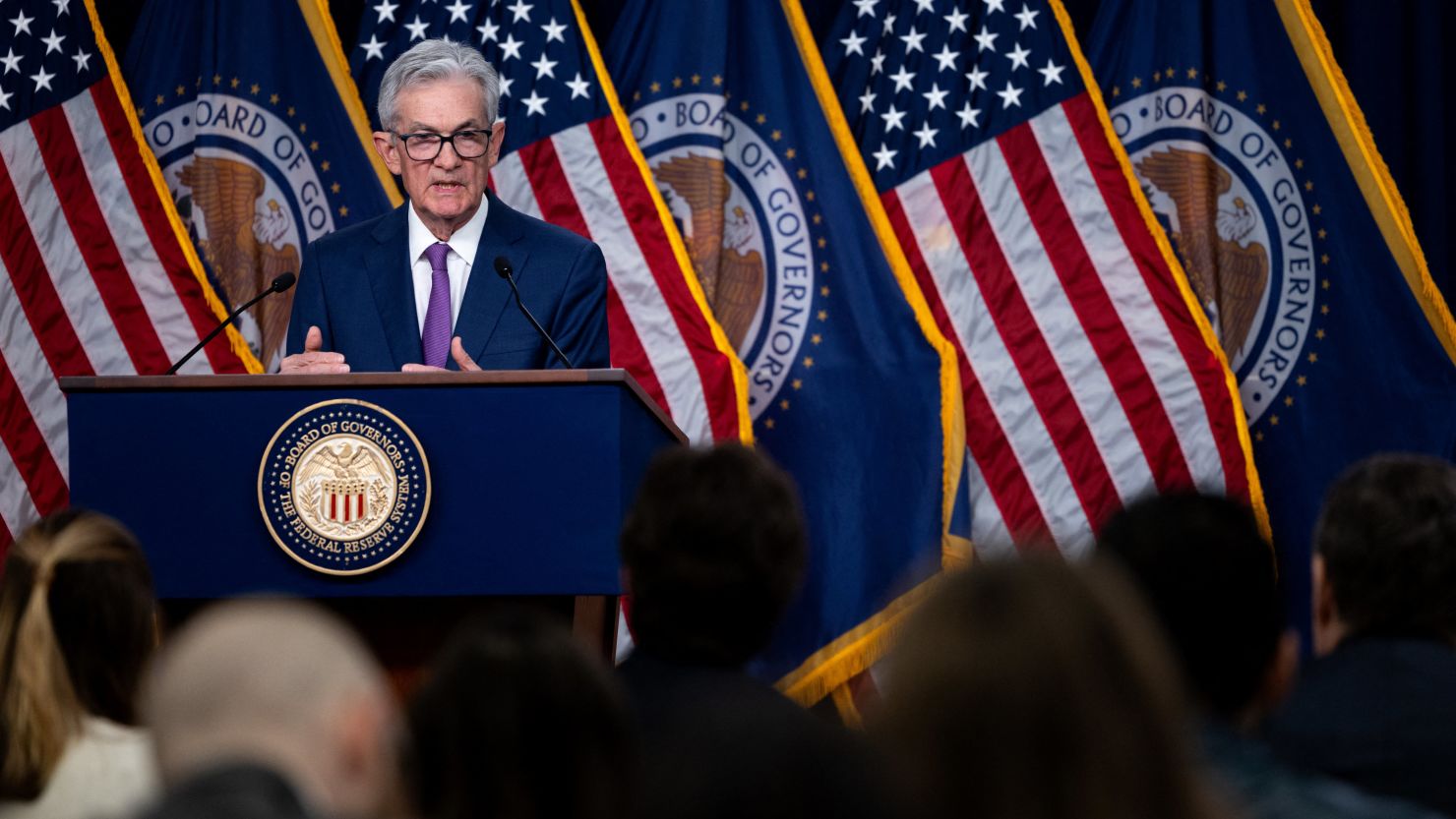Federal Reserve officials continued to worry that inflation could stay stubbornly high during their policy meeting last month, minutes released Wednesday showed. That could keep interest rates at 23-year high for longer than previously expected, affecting Americans’ borrowing costs on everything from car loans to mortgages.
The Fed in January opted to hold rates steady for the fourth consecutive meeting and officials acknowledged that inflation has slowed considerably from its four-decade peak in the summer of 2022. But Fed Chair Jerome Powell pushed back on the market’s expectation that the first rate cut could come in the spring, saying that it’s way too soon to declare victory.
Stocks ended lower last week, breaking a five-week streak of gains as hot inflation gauges raised fears among investors that the central bank may cut rates later and less aggressively than previously expected.
The first measure of inflation for 2024, the Consumer Price Index, showed that prices rose by 3.1% for the 12 months ended in January, according to Bureau of Labor Statistics data. That marks a step back from December’s 3.4% rate and a dramatic cooling from the 6.4% increase seen in January 2023.
Fed officials frequently say they want to see data stretching over several months before they make interest rate decisions. It’s possible that the hot January inflation data could be just a one-month event.
The minutes said that Fed staff economists “continued to view the uncertainty around the baseline projection as elevated but noted that this uncertainty had diminished substantially over the past year.”
Translation: No one has a crystal ball showing what the economy will look like a few months from now, so the Fed’s best bet is to just hold rates steady until it becomes clearer what policymakers should do.
Whether or not inflation continues to slow down in the next few months remains to be seen – and red-hot economic growth could complicate that. “As an upside risk to both inflation and economic activity, participants noted that momentum in aggregate demand may be stronger than currently assessed, especially in light of surprisingly resilient consumer spending last year,” the minutes said.
The outlook for rate cuts
The Fed typically cuts interest rates if the economy deteriorates sharply, pushing up unemployment, or if it’s clear that inflation is under control, no longer requiring rates to remain elevated. By keeping rates high as inflation slows the Fed could put an unnecessary stranglehold on the economy.
A few weeks ago, investors were convinced that the Fed would cut rates this year twice as many times as officials themselves projected in December. Now Wall Street’s expectations are more in line with what Fed policymakers have been signaling.
San Francisco Fed President Mary Daly, who votes on policy moves this year, said last week at a National Association for Business Economics conference that “we will need to resist the temptation to act quickly when patience is needed and be prepared to respond agilely as the economy evolves.”
She added that three rate cuts this year is a “reasonable baseline” expectation.
Atlanta Fed President Raphael Bostic, who also votes on interest-rate decisions this year, said recently that he could “for sure” see three rate cuts in 2024.
Investors now expect the first rate cut to come around the middle of year, according to futures.
“In recent months, inflation has been sticky but the overall narrative for inflation this year has not likely changed,” Jeffrey Roach, chief economist at LPL Financial, said in a note Wednesday. “Investors should see a deceleration in prices this year, giving the Fed an opportunity to cut rates by midyear.”
Fed officials look at the US economy broadly when setting policy, including economic growth, the state of the job market and consumption. The Atlanta Fed is currently projecting first-quarter gross domestic product to register at a robust 2.9% annualized rate.
As the central bank faces the final mile of its historic inflation fight, it all boils down to what inflation gauges themselves show, rather than the pace of growth or the strength of the job market.









